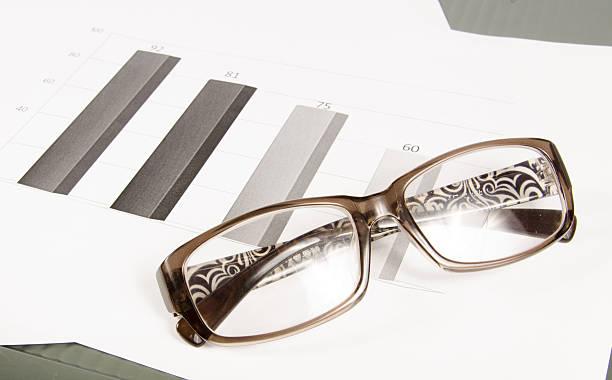Notifications

7 minutes, 37 seconds
-8 Views 0 Comments 0 Likes 0 Reviews

As we age, one of the most noticeable and frustrating changes is the gradual decline in our near vision. This natural condition, known as presbyopia, typically starts in our 40s and becomes more pronounced over time. Everyday tasks like reading a book, checking a phone, or scanning a restaurant menu become more difficult, leading millions of people to reach for reading glasses. But selecting the right pair isn't as easy as it sounds. Too strong, and you’ll get a headache. Too weak, and you’re still squinting. This is where the reading glasses strength chart plays a pivotal role. It gives users a practical starting point to find their ideal lens strength with greater confidence and accuracy.
The reading glasses strength chart is essentially a visual aid or reference table that helps determine the appropriate magnification level based on your age and typical reading distance. The chart is divided into diopter strengths ranging from +1.00 to +3.50 and provides an age-based estimate for where to begin. For example, someone between 40 and 44 might start with +1.00, while someone over 60 may need +2.75 or even +3.00. These suggestions are based on average visual decline patterns and are useful for most individuals who are just starting to use reading glasses. The chart does not replace a full eye exam but offers an accessible first step in narrowing down your strength range.
A common mistake people make is relying purely on guesswork or choosing the highest magnification available. This often leads to discomfort, especially when reading for long periods. The reading glasses strength chart provides a baseline, but it's essential to test multiple strengths in real-life situations. Start by using the chart to determine your estimated power, then try glasses at that level as well as one step above and below. Your goal should be the lowest power that allows you to read clearly without leaning in or straining your eyes. Testing under natural lighting or in the environment you most often read in can also make a noticeable difference in how effective your chosen strength feels.
While age is the most reliable predictor of reading glasses strength, other factors can influence the level of magnification you may need. For instance, people who read for extended periods, work on fine-detail tasks like knitting or crafting, or view screens up close may benefit from slightly stronger lenses than suggested by the reading glasses strength chart. Lighting is another factor dimmer conditions can make lower strengths feel inadequate. Conversely, those who wear contact lenses for distance vision might find they need less magnification than expected. Even posture and screen height can influence comfort. These variables highlight the importance of using the chart as a guide rather than a definitive prescription.
Reading glasses are widely available over the counter, but not all vision needs are the same. If you find that no available strength gives you full clarity or if one eye sees better than the other, you may require a custom prescription. Issues like astigmatism, unequal refractive power between eyes, or early cataracts can all influence vision in a way that a reading glasses strength chart cannot fully account for. In such cases, it's wise to schedule an eye exam. An optometrist can measure each eye's needs individually and ensure that any underlying conditions are treated properly. For many, combining the convenience of the chart with periodic professional checkups offers the best long-term solution.
It’s a guide that helps estimate the correct magnification level for reading glasses based on your age and typical reading habits, often displayed as a table or printable chart.
It offers a reliable starting point for most people, but exact needs can vary based on personal habits, lighting conditions, and other visual factors.
Not always. Reading on screens, paper, or at different distances may require slightly different strengths. Some people benefit from multiple pairs for specific tasks.
You should reassess your needs every one to two years or sooner if you begin experiencing discomfort, blurred vision, or headaches during close-up tasks.
If the chart works well and you’re comfortable, you may not need an immediate exam. However, regular checkups are still important to monitor overall eye health.
Reading glasses make a significant impact on everyday comfort and clarity, especially as age-related vision changes take hold. With so many strengths available, using a reading glasses strength chart is a smart way to avoid guesswork and find a suitable starting point. While the chart provides reliable guidance, personal testing and lifestyle adjustments are essential to fine-tuning your experience. And for those who want stylish, functional, and high-quality reading glasses, EFE Glasses offers an expertly curated collection designed for visual clarity and modern aesthetics.
Author Bio:
Written by Alex Reid, an eyewear content strategist with extensive experience in optical trends and vision care tools. Alex collaborates closely with EFE Glasses to help readers make informed choices when selecting the perfect frames. Visit their site to discover the latest in stylish, strength-specific eyewear.

